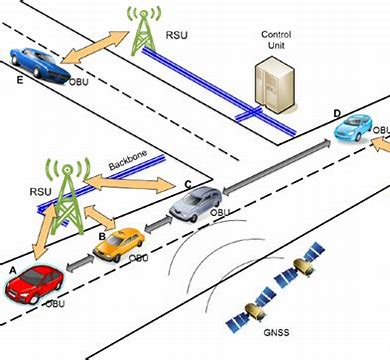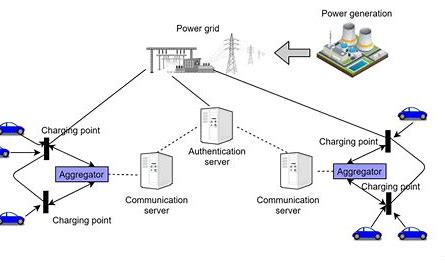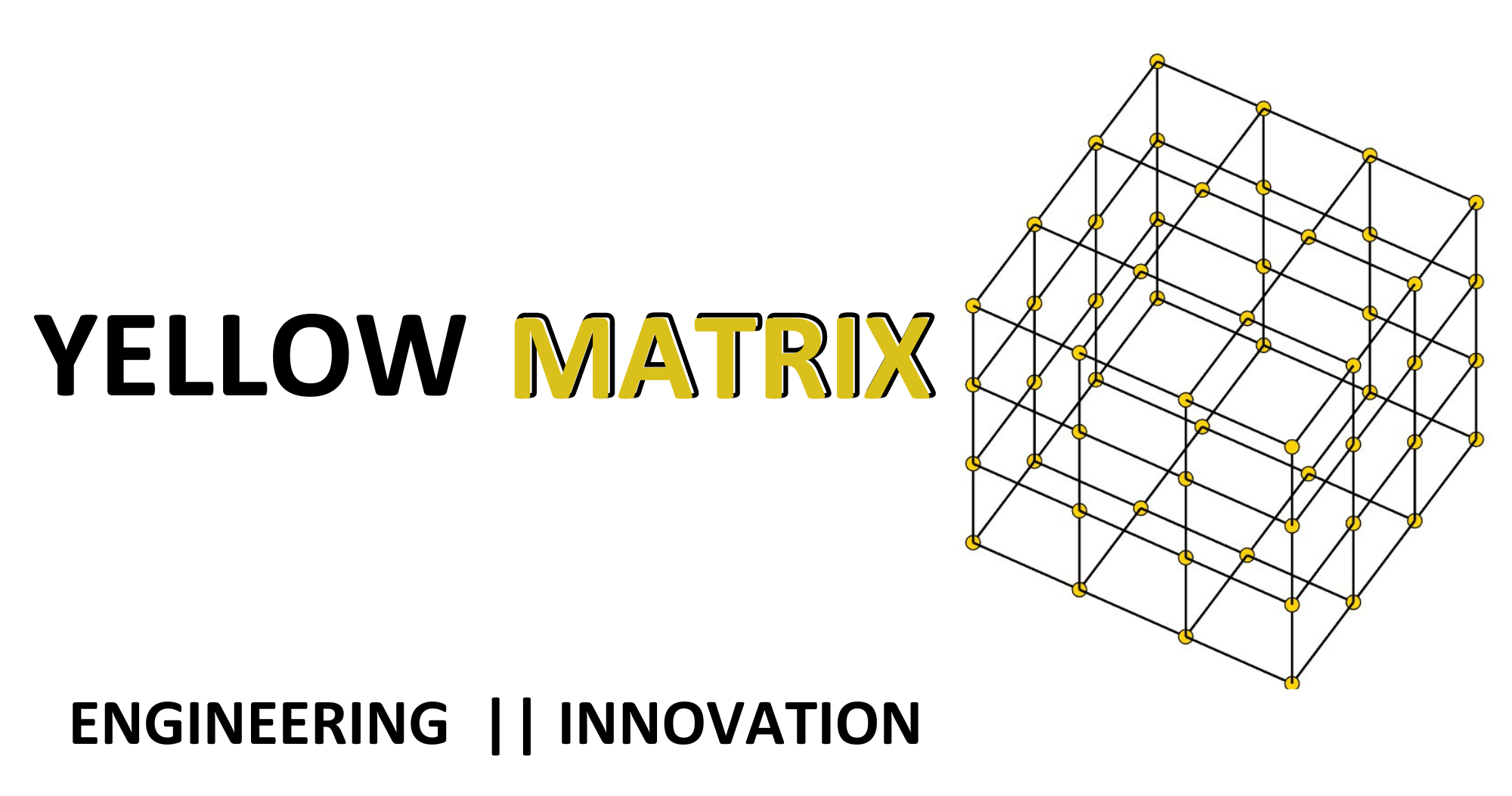As the world moves towards a smarter and more interconnected future, the realm of transportation is undergoing a significant transformation. Vehicle-to-vehicle (V2V), vehicle-to-infrastructure (V2I), and vehicle-to-grid (V2G) communications are emerging as key technologies that are revolutionizing the way we think about transportation. In this article, we will delve into these communication systems, exploring their applications, benefits, and potential impact on the future of smart mobility.
Vehicle-to-Vehicle (V2V) Communications
V2V communication refers to the exchange of information between vehicles in real-time.

By leveraging wireless communication technologies such as Wi-Fi or dedicated short-range communications (DSRC), vehicles can communicate with one another to enhance safety and efficiency on the road. V2V communication allows vehicles to share information about their speed, location, acceleration, and other relevant data. This enables advanced safety features such as collision warnings, blind spot detection, and intersection assistance, reducing the likelihood of accidents and improving overall road safety. Moreover, V2V communication paves the way for cooperative adaptive cruise control, where vehicles can autonomously adjust their speed based on the flow of traffic, improving traffic flow and reducing congestion.
Vehicle-to-Infrastructure (V2I) Communications
V2I communication involves the exchange of data between vehicles and surrounding infrastructure, such as traffic signals, road signs, and traffic management systems.

By connecting vehicles with infrastructure, V2I communication enables a more intelligent transportation ecosystem. For instance, V2I technology allows vehicles to receive real-time traffic information, road condition updates, and traffic signal timings, optimizing travel routes and reducing travel time. V2I communication can also facilitate dynamic charging for electric vehicles (EVs), enabling seamless integration with charging infrastructure and allowing EV owners to locate and reserve charging stations easily.
Vehicle-to-Grid (V2G) Communications
V2G communication enables bidirectional power flow between electric vehicles and the power grid.

This two-way communication allows EVs to not only consume electricity from the grid but also supply excess energy back to the grid when needed. V2G communication has the potential to transform EVs into mobile energy storage units, benefiting both the vehicle owner and the energy grid. During peak demand periods, EVs can discharge their stored energy to support the grid, reducing strain on the power system. Conversely, during off-peak hours, EVs can be charged using surplus renewable energy, promoting a more sustainable and efficient energy ecosystem. V2G communication holds promise for grid stability, demand response management, and the integration of renewable energy sources into the power grid.
The adoption of V2V, V2I, and V2G technologies brings forth numerous benefits. Improved road safety, reduced congestion, optimized travel routes, and enhanced energy management are just a few of the advantages these technologies offer. V2V, V2I, and V2G communications have the potential to create a more efficient and sustainable transportation system, reducing emissions and enhancing the overall quality of life for individuals.
Challenges
However, the widespread implementation faces certain challenges. Standardization, cybersecurity, privacy concerns, infrastructure development, and public acceptance are key hurdles that need to be addressed. Collaboration among stakeholders, including automotive manufacturers, government bodies, infrastructure providers, and technology companies, is crucial to overcoming these challenges and ensuring the successful integration of V2V, V2I, and V2G technologies.
